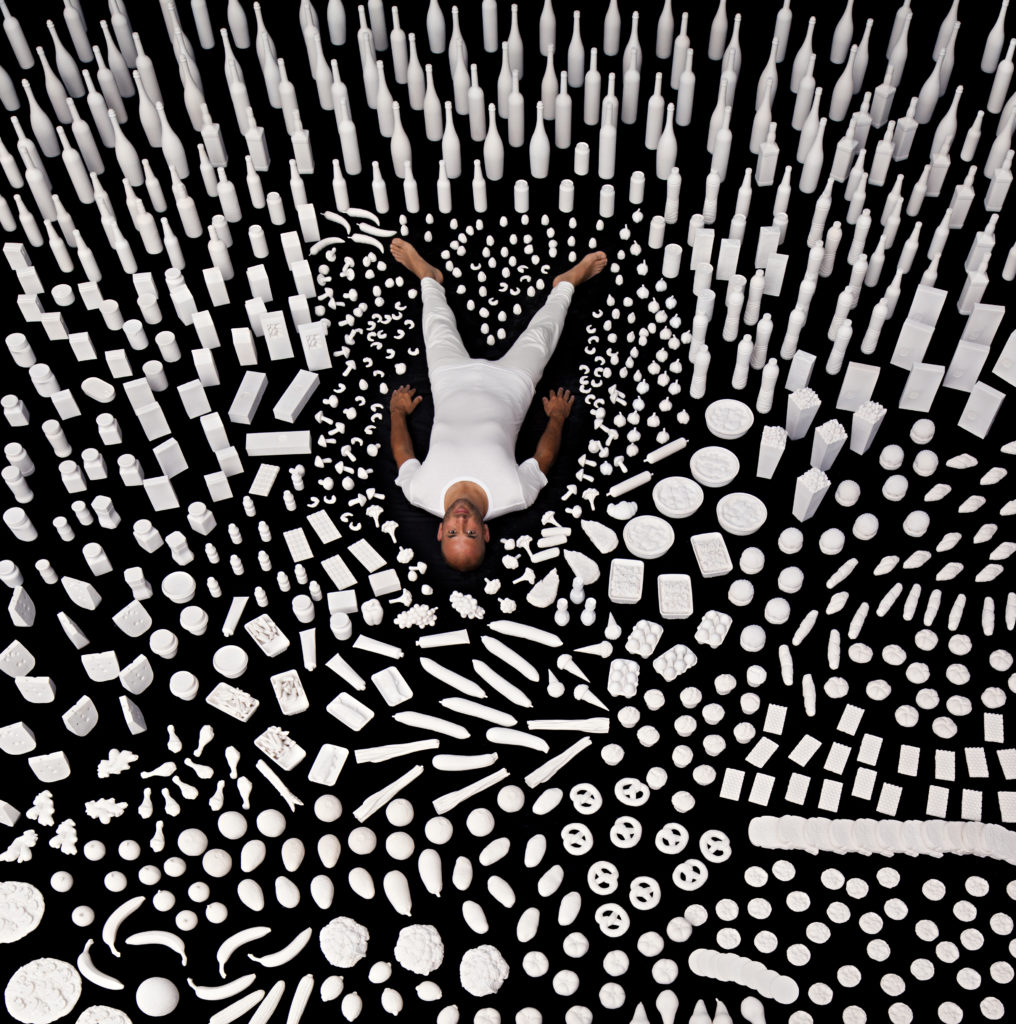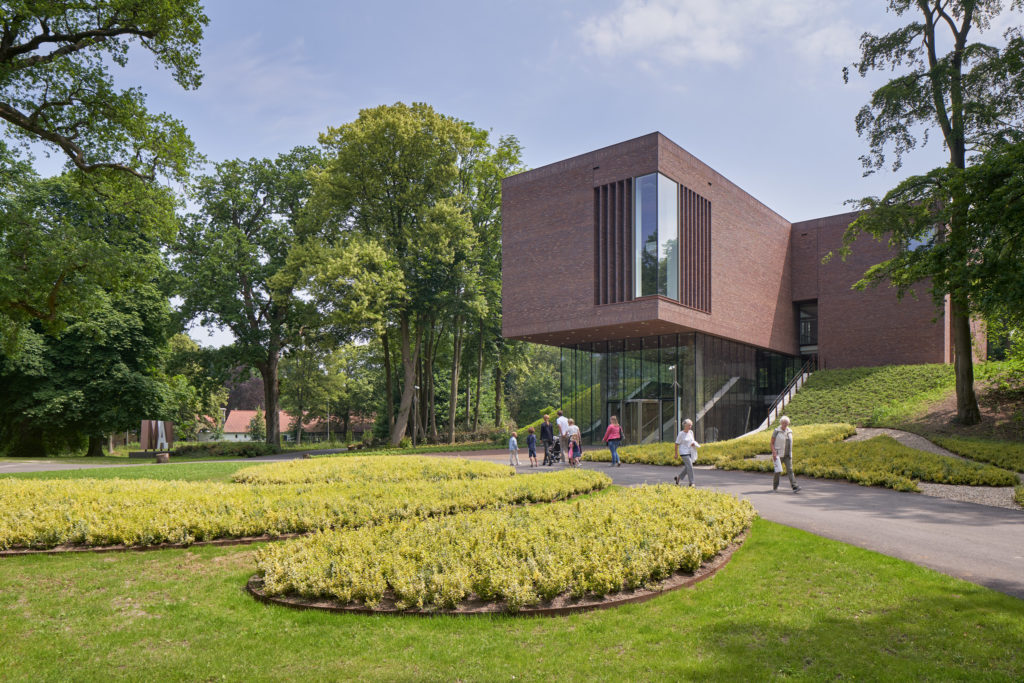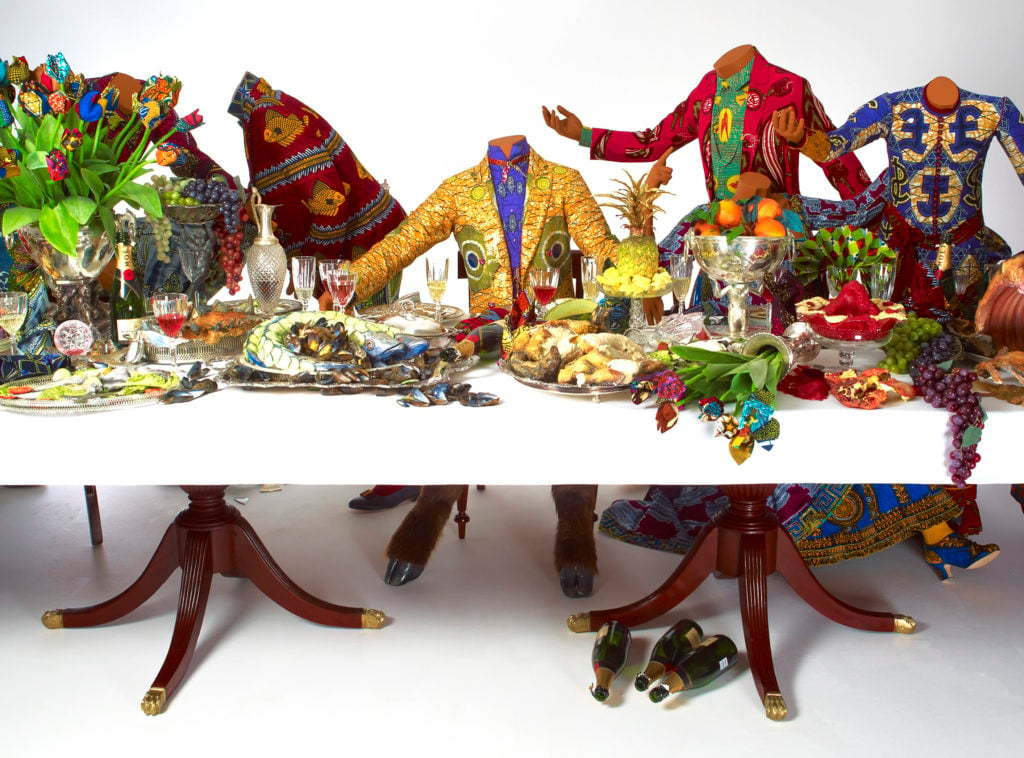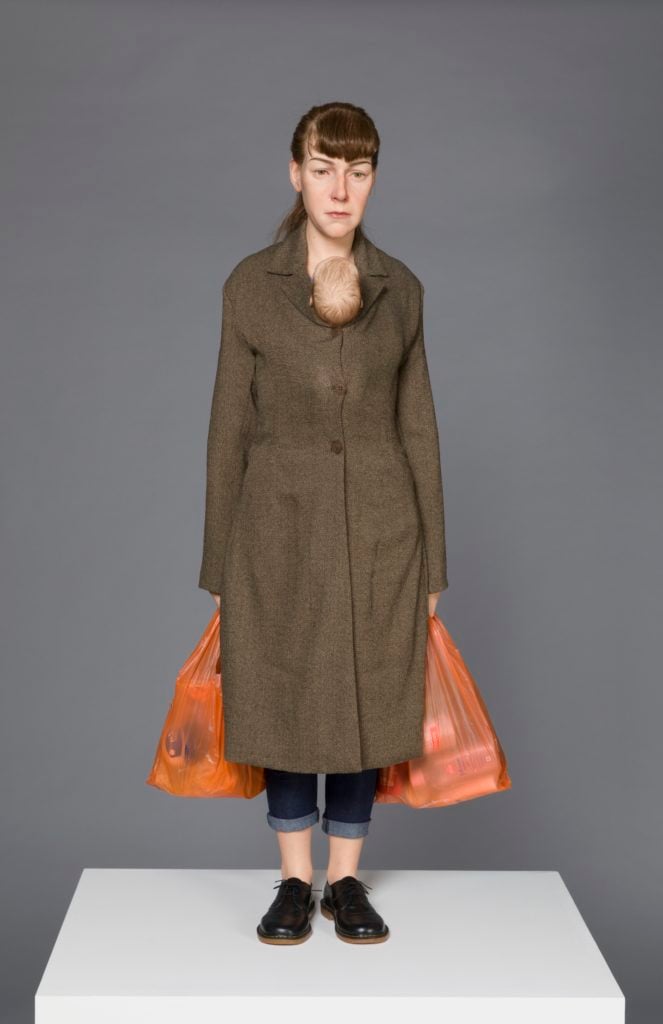Reviews
The Staff of a Tiny Locked-Down Dutch Museum Is Offering to Talk to Anyone Who Wants to Chat About Art. So I Gave Them a Call.
The LAM Museum is keeping the public engaged by offering one-on-one phone calls with its employees.

The LAM Museum is keeping the public engaged by offering one-on-one phone calls with its employees.

Kate Brown

If your inbox is anything like mine these days, it’s probably accumulating promotional emails for online viewing rooms, digital art platforms, Instagram takeovers, and intellectual e-talks trying to make this extraordinary time of isolation a little more enriching.
Sifting through the emails, I empathize with the efforts, which are surely all in earnest. The art world’s economic crisis is compounded by an existential one, and its various players are trying to stay connected with business liaisons and the public without the usual carousel of openings, dinners, talks, and fair floors encounters.
But I still find myself full of ennui. Going to a live-streamed art opening just isn’t the same. The Zoom webinars help and the Houseparty app can offer a bit of now-forgone whimsy, but screens don’t quite capture the key social pillar of art communities.
That’s why I was enchanted when I learned of a Dutch museum that was offering a “telephone service” in which you can ask to receive a phone call from an employee and talk about art for 10 minutes with them. Like many, I’m working from home while a three-year-old nonchalantly deconstructs the house, which I solemnly put back together again at the end of each day.
I’m totally ready to try something new.
I signed up for “Viewphone,” the LAM Museum’s creative response to self-isolation, which connects its previously public-facing museum workers with a public that is stuck at home. Every Friday afternoon, participants who sign up over email receive a short but purpose-filled call from a tour guide, a curator, a custodian, or even the director. The employee chooses one work of art and walks the listener through how it looks, what it represents, or otherwise means to them.

The LAM Museum by Ronald Tilleman. Courtesy the LAM Museum.
The recently opened, hypermodern building houses part of the private art collection of the heirs to the Dutch grocery chain Dirk—and all the art is in discourse with food. There is, for example, Yinka Shonibare’s dinner table-sized work The Last Supper and Itamar Gilboa’s 8,000-piece Food Chain Project made up of porcelain versions of food he ate over the course of a year. Yet the collection is, like many museums, under lock-and-key until at least the end of April when the European nation hopes to further ease restrictions.
A man named Richenel calls me at 2:30 p.m. He’s part of the team of guides, and he sounds very nice. He asks me where I’m based, and what I know about the museum. I find the whole thing disarming from the get-go even before Richenel starts to describe a sculpture of a woman holding a child (Can he hear my kid in the background?, I wonder). She is wearing an austere-looking coat and carrying grocery bags, he says, and then asks me to imagine what’s inside them. Through that process the work starts to gain some detail and dimension. He says the mother, who is about 30, looks like she may be struggling, but that the child is beaming up at her. I cannot help but draw a personal association, and I find quiet relief in the latter detail.
“Duane Hanson,” I guess incorrectly. It turns out it is a 2013 work by the Australian sculptor Ron Mueck, an artist who makes hyperreal sculptures in surreal scales. Richenel says this was the first piece he encountered in the museum when he came for his job interview.
I am familiar with the artist, but have not thought much about Mueck’s work before. We talk a bit more about the project, why the sculpture is not life-sized but is scaled to be quite small, and then we share a bit about ourselves before saying goodbye. He says he will email me a picture of the work.
I feel restored. I realize that what I am missing is art, yes—and people—but also spontaneity. The whole “what day is it?” feeling that oozes through our isolation era is exaggerated by the total lack of random encounter.

Yinka Shonibare, Last Supper after Leonardo. Courtesy the LAM Museum.
Museum director Sietske van Zanten says the idea for the call program came from a core question that arose after the lockdown began. “We asked ourselves, what did we miss?” she tells me over the phone later. “I may have more art historical knowledge and know the acquisition background, but no single one of us alone holds the virtue of the museum.”
So far, callers have been pleased, she says. “Everyone is excited about it. The point is to give access to art, and knowledge does not need to be a boundary.” It’s not really a heavy lift for the museum staff who are sheltered-in-place with a wealth of knowledge to tap into. While a 10-minute session with a curator might yield more art-historical knowledge, the perspective of the custodians is equally valuable and interesting.
It’s not that likely that I will ever make it to the LAM Museum and meet face-to-face with Woman with shopping bags, but I won’t soon forget it. Opening Richenel’s email later, I look at my matchmaker artwork again, for the first time. Her hair is pulled back, an unremarkable shade of brown, and she is wearing loafers with cuffed jeans, holding thin plastic shopping bags, and a wool coat is buttoned up over a baby. She is definitely of our epoch, but there is something about her that defies time, that even defies motherhood. She appears to me as a tragic hero of the post-industrial condition: tired, struggling, working double-duty. These are feelings many can relate to, but had she been just another image in my feed, who’s to say I would have stopped to notice?

Woman with shopping bags by Ron Mueck (2013). Courtesy the LAM Museum.